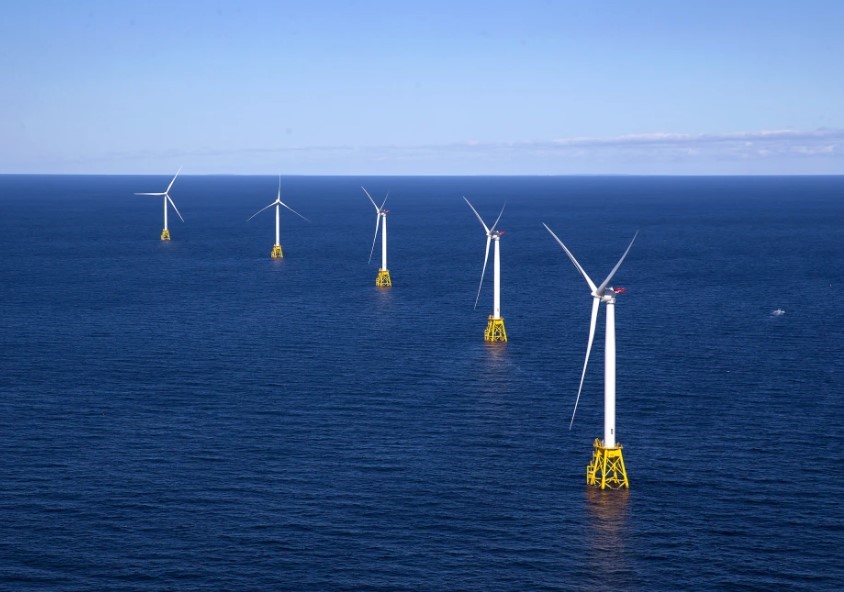
Despite Challenges, Offshore Wind Shows Resilience and Growth Potential
In a significant milestone for renewable energy, wind power generated more electricity than coal in the U.S. during March and April of this year. This development signals that despite the setbacks faced by the offshore wind industry last year, the sector continues to make substantial progress.
The U.S. Energy Information Administration (EIA) has indicated that while these figures may fluctuate, the overall trend shows a steady decline in coal-generated energy since 2008, accompanied by a consistent rise in wind power. The proliferation of large turbines harnessing wind energy has become more common across the U.S., both onshore and offshore. However, the offshore wind sector has encountered several challenges, including economic pressures, lengthy approval processes, and misinformation campaigns. These hurdles have led to at least six companies canceling or renegotiating contracts for new projects.
Barbara Kates-Garnick, a professor at Tufts University's Fletcher School who specializes in clean energy technology and policy, commented on the situation: "Even with the hiccups, there should be forward movement in offshore wind, even in a Trump administration."
As of now, the U.S. boasts over 74,500 wind turbines, with around 3,000 new turbines being constructed annually since 2005. While wind power accounted for 10.2% of the U.S. energy production in 2023, it still lags behind natural gas (43.1%) and nuclear energy (18.6%). However, wind power represents nearly half of all renewable energy production in the country.
Efforts to expand wind power are a crucial part of the broader strategy to reduce dependence on fossil fuels. Offshore wind projects, in particular, are seen as vital due to their potential to generate more energy compared to onshore projects. Offshore installations are typically larger, and ocean winds are generally stronger.
Nevertheless, the offshore wind sector has faced significant obstacles. Global economic challenges, such as rising inflation and supply chain disruptions post-pandemic, have hampered development efforts. For instance, Avangrid, which operates the largest offshore wind farm in the U.S., canceled two projects in Connecticut and Massachusetts last year due to high development costs. Similarly, Ørsted, a Danish renewable energy company, renegotiated a contract for a New York wind project and canceled two projects in New Jersey due to economic pressures.
Despite these setbacks, Ørsted's Maddy Urbish remains optimistic: "While we have definitely seen challenges, we've also seen real resilience." She expects the industry to expand with growing bipartisan support for renewable energy and increasing electricity demand, which the EIA predicts will be 2% higher in the second half of 2024 compared to the same period in 2023